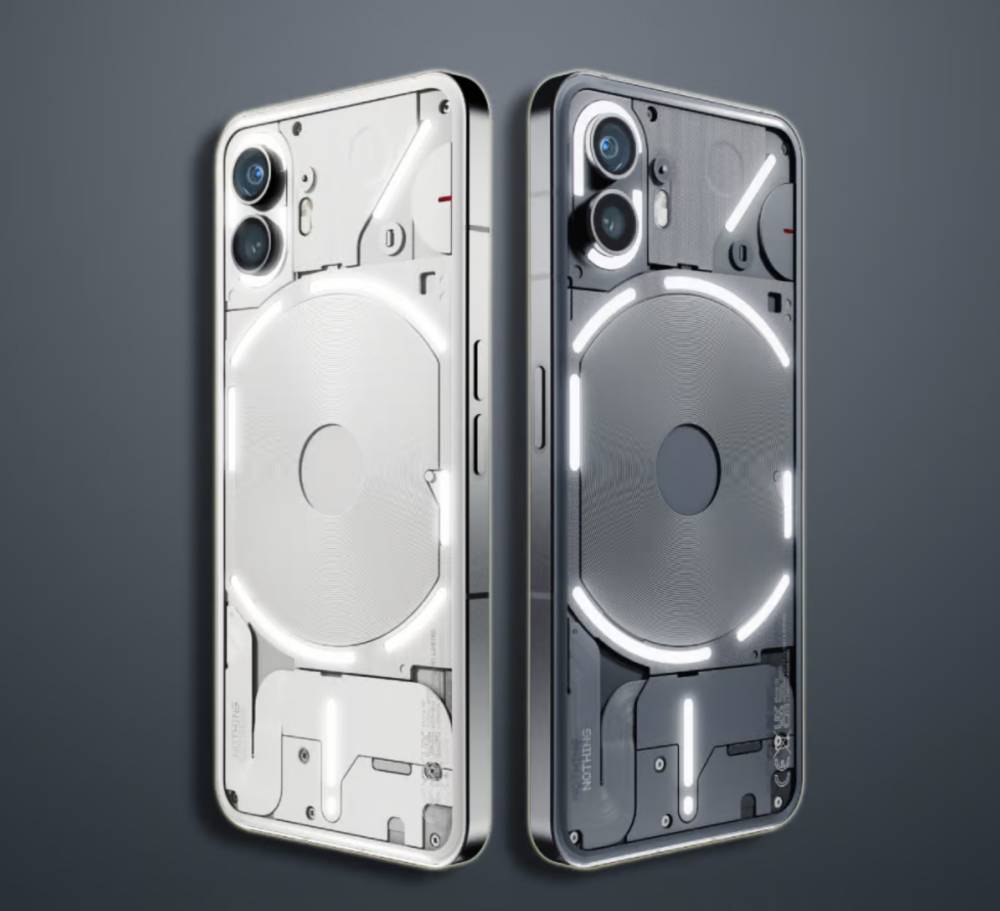The smart phone industry has witnessed continuous development in recent years, and among the advanced categories in this field are the mid-range phones, which have become fiercely competitive with luxury phones in terms of design quality, performance, and specifications that exceeded some of the leading phones, and in turn were distinguished by their competitive prices.
A few years ago, mid-range phones suffered from some limitations that made them less quality than flagship phones, but today, the perception towards them has changed completely, as mid-range phones come with many features that strongly compete with leading phones, such as high-resolution screens, powerful processors, advanced cameras, and reliance on artificial intelligence technologies. In addition, mid-range phones are distinguished by their relatively low prices compared to flagship phones, which makes them the ideal choice for the majority of consumers.
Improving performance and providing advanced features in mid-range phones benefits many consumers, as they can get an excellent experience without having to pay exorbitant amounts. In addition, mid-range phones are attracting users who are looking for smart phones with powerful features at affordable prices.
In the past, some believed that medium phones could not compete with leading phones in everything, but this matter has completely changed over the past two years.
Among the most prominent phones that were recently launched in the mid-range, with specifications that match the leading phones, if not exceed some of them, are: the Honor 90 phone, which is supported by artificial intelligence and many technologies, such as AI Vlog Master technology, a 200-megapixel ultra-clear camera, and a 50-megapixel front camera, with the feature of creating a quick video by artificial intelligence, To convert the footage into a wonderful 15-second video clip, and to suggest a shooting mode with artificial intelligence.
It relies on a 6.7-inch AMOLED screen with a resolution of 120Hz refresh rate with support for HDR10 +, and provides the best eye protection, as Honor used different screen frequencies, which protects users from eye fatigue.
The phone comes with a random memory ranging between eight and 12 GB and a storage memory ranging between 256 and 512 GB. The phone works with an eight-core Snapdragon 7 Gen 1 Accelerated Edition processor, which is the improved version of the previous generation, as it provides faster performance. It also relies on a battery with a capacity of five thousand mAh and support for fast charging technologies with a power of 66 Watts, in addition to many advanced communication technologies, such as support for 5G networks, Wi-Fi 6 networks, Bluetooth 5.3 technology, in addition to NFC technology support.
Also among the most prominent new players in this field are the Nothing phones, which appeared for the first time last year, and quickly gained great popularity due to the transparent design, and finally the second version of the Nothing Phone 2 was launched with a transparent design, flat edges and interactive lighting on the back, so that phone users can benefit from it more than the first version and use it as a timer and to get alerts and as an indicator of sound intensity, with the possibility of using it as a backlight and as a reminder for reverse wireless charging and others.
The phone comes with a 6.7-inch LTPO AMOLED screen with a variable frequency between one and 120 Hz, with support for HDR10 + and a layer of Gorilla Glass to prevent scratches and shocks, and the phone is available with a storage capacity of 128, 256 or 512 GB and RAM with a capacity of eight or 12 GB, and it is equipped with a Snapdragon 8+ Gen 1 eight-core processor, a large battery with a capacity of 4700 mAh, and a charging capacity of up to 45 watts to charge The battery is full within 55 minutes, and the phone is equipped with two 50-megapixel rear cameras, a 32-megapixel front selfie camera, and supports both 5G networks, Wi-Fi 6 networks, and Bluetooth 5.3 technology, in addition to support for NFC technology.

